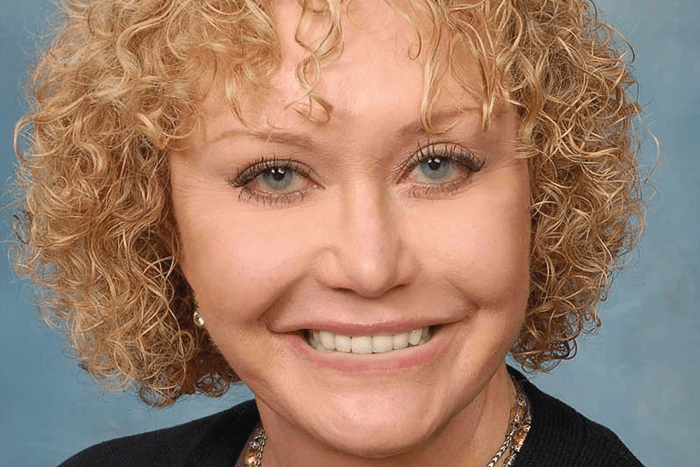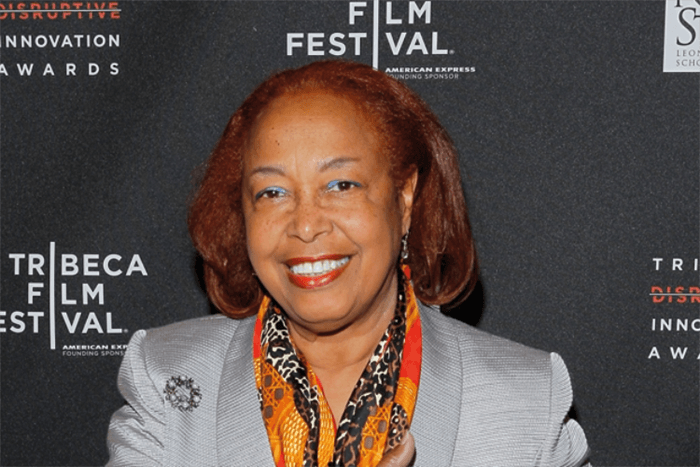
“On the surface, one might question why Women in Ophthalmology is still relevant today. The number of female ophthalmology graduates stands between 40 and 50 percent, but admitting more women into residency alone does not achieve parity. When you look at the number of women serving as leaders in organized medicine, receiving major awards for their work or speaking at the podium, the numbers plummet dramatically” says Lisa Nijm, president of Women in Ophthalmology, the group creating safe spaces for women to talk, collaborate and network worldwide. “At WIO, we recognize this deficiency and strive to educate our members on the tools they need for success. We collaborate with our supporters and sponsors to open the door to new opportunities for women ophthalmologists, and showcase our members’ talents to achieve their desired leadership goals.”
And they have certainly made an impact. Mohita Sharma is founder of Women Ophthalmologists Society of India (WOS), one of WIO’s newest chapters: “WIO helped me evolve from a shy, introverted woman to a successful practitioner and surgeon – and I wanted that for my colleagues too. WOS has become a place where women who were once dealing with their challenges in isolation can now discuss them together. It teaches us how to communicate, negotiate and network, and thanks to our surgical skill enhancement and collaborative international research program, it opens up new avenues of growth growth, too.”
Femida Kehrani, founder of WIO’s Canadian chapter, echoes Sharma’s sentiments. “I was very lucky to have been introduced to WIO by one of my Fellowship mentors, Dr Terri Young. I will never forget the kindness and support that was extended to me through this group. The experience inspired me to create a chapter upon my return home. Our meetings provide an opportunity for women to make new connections, learn from each other’s struggles and foster growth for the future. We’re a community.”
And that community keeps growing. Last year, Maryse Bailly, Mariya Moosajee and Julie Daniels co-founded Women in Vision UK (WVUK). What started as a simple female speakers list to encourage representation at meetings and conferences, has grown into a full support network, fostering collaborations between women in all aspects of vision science, from basic research to clinical practice. Bailly, a cell biologist, only started thinking about gender bias as she developed her lab at the UCL Institute of Ophthalmology. “It became clear that some people were dominant and others weren’t. It’s not like that in cell biology. It’s a much more open field” she says. “In fact, basic science in general is. There are a lot of male egos in ophthalmology.”
The network Bailly, Daniels and Moosajee have created is the opposite of a boys’ club. “We decided to boost our own interests in a way that doesn’t involve going to the pub and drinking beer,” she says. “The network we’re building is open and friendly. It’s not about promoting one person or the other, it’s about helping each other.” Through a combination of networking and events, WVUK is working to increase the profile of women in ophthalmology and vision related research across the board. “What we want is equal representation,” says Bailly. “We promote awards to women on our website and there are plans to start a mentoring programme. Some very eminent women professors and those holding senior positions in industry have already volunteered to help.” WVUK will hold its next meeting in December in Liverpool, England. “There will be speakers talking about their work, but also how they got to where they are and what problem they faced along the way,” explains Bailly. “It’s good to give a bit of perspective on things that occur behind closed doors in research which we don’t usually learn about,” says Bailly. Along with talks, there will be rapid-fire presentations, question and answer sessions, business meeting, prizes and networking. She explains, “The idea is there will be lots of opportunities for members to mix and make connections.”
Networking plays an important part in all these groups for good reason. Opportunities often arise from socializing, such as after-work drinks with senior members of staff – and so job opportunities may be skewed towards men if women are not invited or unable to come because of home commitments. Mariya Moosajee, co-founder of WVUK and a consultant ophthalmologist at Moorfields Eye Hospital, has her own experience with this ‘old school mentorship’. “Since I had children, I don’t go out much in the evening and I’ve hardly ever gone to a pub for a drink after work. I genuinely feel that I work full time and shouldn’t then have to, but I know job opportunities can come that way.”
But barriers to career advancement aren’t just an inability to make the right connections. It is not instinctive for women to promote themselves, it causes a sense of embarrassment for fear of seeming arrogant. When these issues combine, talented women can be left by the wayside. And that is what WVUK is trying to change.
“Sometimes we need to belong to something that’s going to put us forward where we as individuals wouldn’t,” says Moosajee. “Take your Power List, I would not feel comfortable asking someone to nominate me. It feels unnatural. We need to acknowledge that women are not good at promoting themselves, and facilitate a way of doing it where we don’t feel uncomfortable,” says Moosajee.
“We also need to accept that a lot of that self-doubt comes from Imposter Syndrome. Even though you’ve got this huge list of achievements, you can’t help but think, “I’m not going to get this, I’m not good enough, everyone else is better than me.” What we need to start doing is shifting our mind set. We need to breed more confidence in the next generation, and in ourselves – and WVUK can help. There’s resilience in knowing that other people have gone through similar situations, and are able to pass on their wisdom.”
This is a view shared by Ophthalmic World Leaders (OWL), one of the most established support groups in ophthalmology. Founded in 2003, OWL champions the idea that diverse leadership results in better outcomes – for physicians, practices, organizations and industry. “We’re inclusive,” says president, Georgette Pascale. “We welcome everyone from those starting out in this awesome industry, to CEOs and beyond. It’s such a holistic approach, bringing all these different people together to advance diversity in leadership within ophthalmology, which is what we’re all about.”
McDonald became the first person to perform excimer laser treatment in 1987. She was the first to use it to treat farsightedness in 1993 and the first North American to perform Epi-LASIK in 2003. More recently, in 2015, she became the first person in the Americas to perform the EBK procedure. She also holds the prestigious title of first female president of the ASCRS and AAO, in 2002 and 2009, respectively.
Bath was the first female staff member at the Jules Stein Eye Institute, the first to head a post-graduate training program in ophthalmology, and the first to be elected to the honorary staff of the UCLA Medical Center. She was also the first black ophthalmology resident at New York University and the first black surgeon at the UCLA Medical Center. An inventor as well as an academic, Bath was also the first African-American woman to receive a medical patent for her Laserphaco Probe.

Originally Ophthalmic Women Leaders, OWL now provides professional and personal development opportunities to all members, regardless of gender. “We promote diversity through mentoring, programming, newsletters, and of course, networking,” says Pascale. “It’s all about making real connections, and that’s the invaluable, intangible thing OWL offers.”
She explains how members have gotten new jobs or positions on panels after meeting someone at an OWL event. “And it’s not just about getting ahead, it’s about teaching you how to deal with adversity,” she adds. In an increasingly global world, OWL remains one of the leading advocates for diverse leadership. “The benefits are huge,” says Pascale. “You can get real time input from people with new ideas, rather than a group of people with a similar vision. Everyone brings something different to the table. It’s the culmination of each person’s individual talent that makes a great finished product, and can only make our industry stronger.”
And it is diversity that is needed now more than ever. “If we work together – both men and women – to bring conscious awareness to the need to advance women in leadership roles, we will change the landscape of ophthalmology,” says Nijm, "for the better of our patients, and our profession.”
References
- The Economist, “Men, Women and Work. The Gender Pay Gap”, Available at: https://tinyurl.com/ya3sme6o. Accessed September 11, 2018.
